


The Find My Device network had huge promise, but it’s quickly become an absolute mess. Google, though, is defending the Find My Device network for its approach to privacy, the same approach that appears to be completely ruining its functionality.
Google first launched the Find My Device network in April after a lengthy delay. The network was first announced at Google I/O 2023 and was supposed to go live within a couple of months, but ended up being delayed indefinitely to give Apple time to implement industry-standard protections for unknown trackers into iOS.
When the network finally went live, late May was the scheduled launch for AirTag-like trackers for the Find My Device network. Two companies were available from the start, Pebblebee and Chipolo. But, quickly after we and many others started using these trackers, it became abundantly obvious that the network doesn’t really work all that well.
As we said last month, the reason for that is very likely to be the way in which Google launched the Find My Device network. For one, the rollout has ben exceedingly slow, and also relies on a certain set of conditions to apply on a user’s device before it actually activates (such as having Bluetooth and location services turned on).
The bigger issue, though, is that the network is only active by default in “high-traffic areas.”
This granular approach to how the Find My Device network runs on your device is designed as a means of privacy protection and choice, as Google said back in April. However, the downside to this is that in areas that are not considered “high-traffic,” trackers may not have their location reported back at all. Making that all the more frustrating is that Google hasn’t discussed the threshold for what is and what is not a “high-traffic” area. This is why there’s such a stark difference between a Find My Device tracker and an AirTag in certain scenarios, like going through the mail.
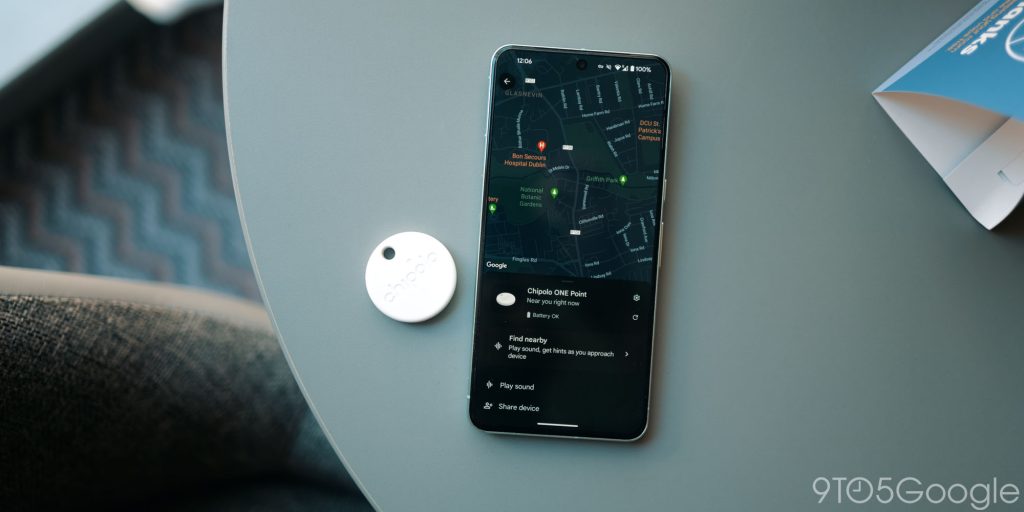
Earlier this week, Google took to a post to defend this default privacy setting as a “key difference of the Find My Device network compared to other finding networks.” Clearly, it’s a choice for privacy, but in that same post Google admits that this can affect the detection of trackers in “low-traffic” areas. Google also, for the second time now, encourages Android users to change that default setting to work in all areas and says that the network’s performance should improve as more people make that switch.
To prioritize your safety, Google’s Find My Device uses multi-layered protections. For example, one of these protections is “aggregation by default” and is a key difference of the Find My Device network compared to other finding networks.
There are several problems with this in my eyes, but I’ll just focus on four aspects.
Firstly, there’s the simple fact that Google is choosing privacy over functionality. And, in many ways, that’s a good thing. Google is regularly criticized over privacy concerns (often undeservingly so), so having options that improve a user’s choices for their privacy. But, in this case, it comes at the cost of the network being close to useless for many, Google’s partner brands likely seeing negative reviews and high return rates, and, inevitably, someone losing a valuable item forever because the tracker they trusted didn’t do its job. Personally, I don’t think the slightly better privacy is worth all of those negatives.
Secondly, to expand on that first point, Google is the only company doing this. That comes as a two-sided argument. On the one hand, Google does deserve credit for pushing forward privacy protections. In theory, these are actually really good ideas! But, on the other hand, the choice to set this as the default means that Google is tying one hand behind its back compared to similar networks from Apple, Samsung, and others. The Find My Device network simply from sheer scale should work the best of any of them, but it’s abundantly clear that’s not the case, and it’s hard not to attribute that to the one major change Google decided to make.
Also, Google’s push is that users can change the default setting, implying they’ll see improvements if they do. But, that’s not really the case. If you opt your phone into tracking in all areas, it will help find trackers wherever you go, but if you lose a tracker, it changes nothing for you. So, really, changing this setting depends on having a lot of people make this change. It’s almost like the one that performs better should have been the default!
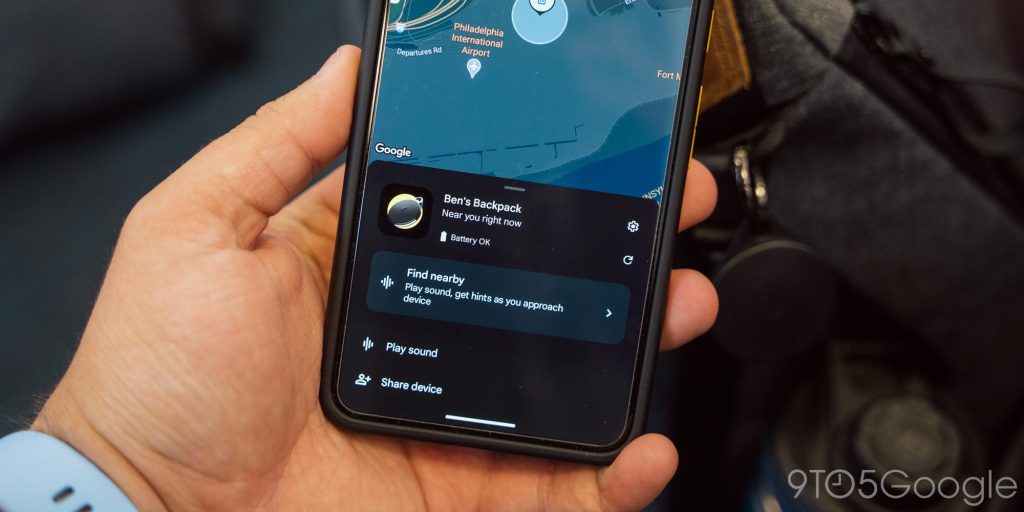
Finally, the big problem is that there’s no going back.
Google made the choice to roll out the Find My Device network with this privacy focus as its default setting. The company can continually tell users to switch that default setting, provide resources to explain how to do so, and more, but that default setting can never be changed purely from an optics perspective. Going back on a privacy setting would just look terrible for Google. Again, that’s why this choice is so confusing. Had Google launched the Find My Device network with “high-traffic” as an option, but leaving the network to work everywhere by default, I’d argue that it would have been viewed as an overall positive in terms of privacy.
But that opportunity is gone.
For me, the biggest thing here that’s frustrating me is that Google chose privacy over functionality when even Apple did not. At this point, I just hope that the promised “improvements” to the network actually make a difference. In my book, though, Google’s defense of calling this decision a “key difference” for privacy versus other networks doesn’t really matter if the network is left effectively useless as a result.
But what about you? Do you think Google was right to focus on privacy even at the hindrance of tracking performance? Let’s discuss!
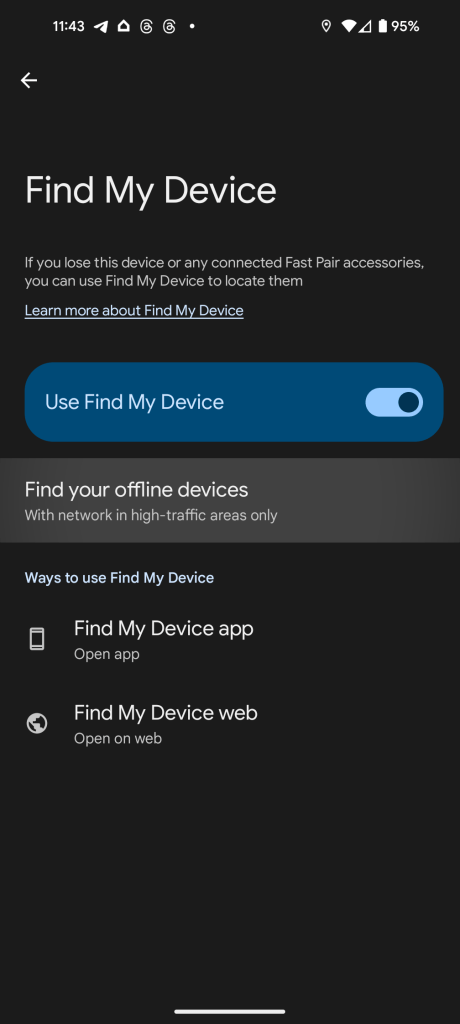
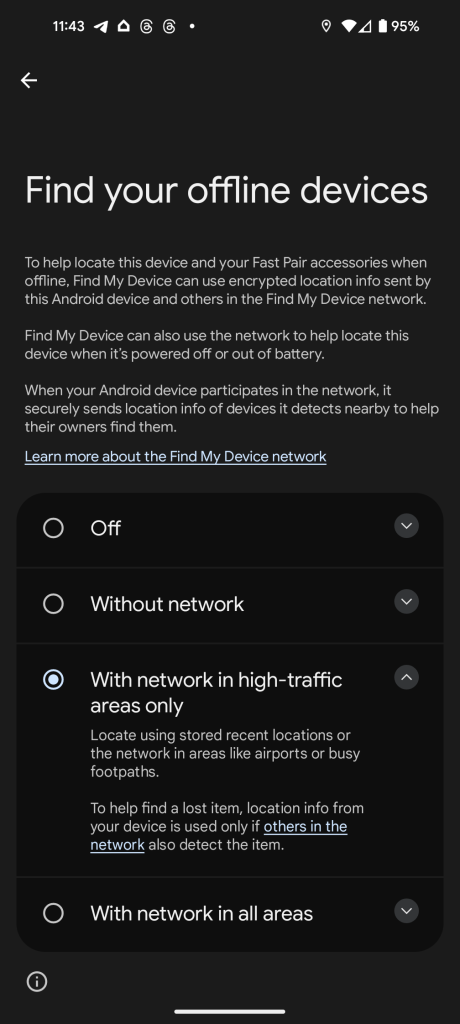
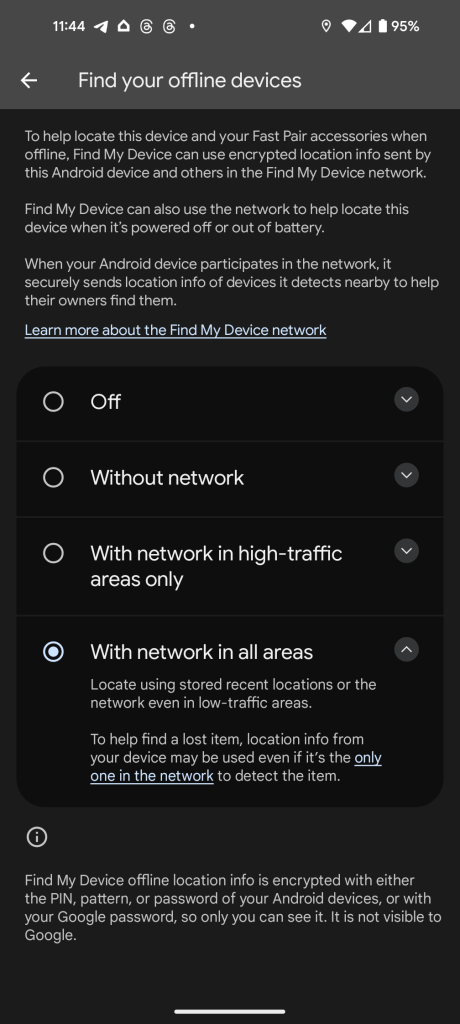
Is Samsung just Apple now?
At its Unpacked event this week, Samsung delivered several new devices, and one can’t help but feel things were a little too similar to Apple. The main focus of the event were the new foldables, the Galaxy Z Fold 6 and Flip 6. Apple still doesn’t make foldables, but the incredibly iterative nature of the hardware here feels a whole lot like an Apple strategy. More blatantly, though, the Galaxy Buds 3 series and the Galaxy Watch Ultra draw clear inspiration from Apple.
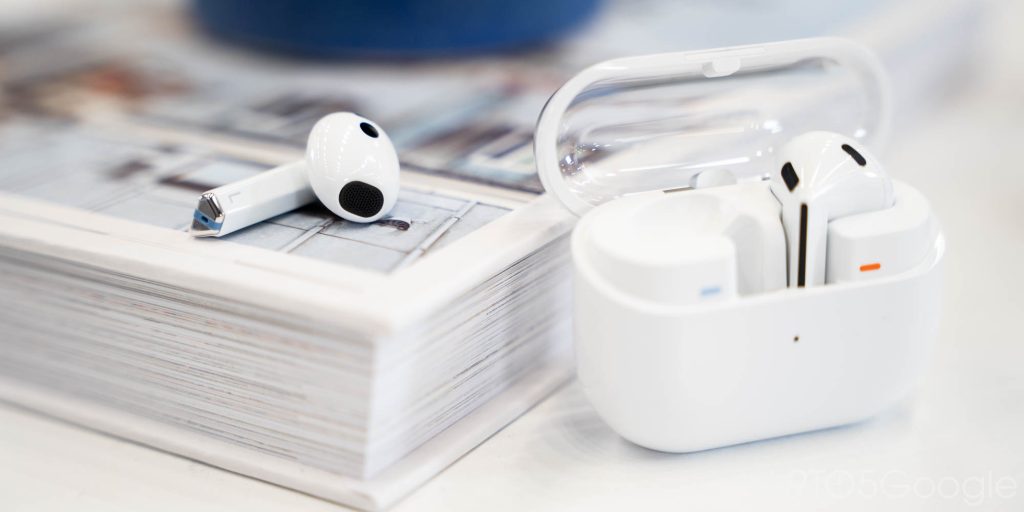
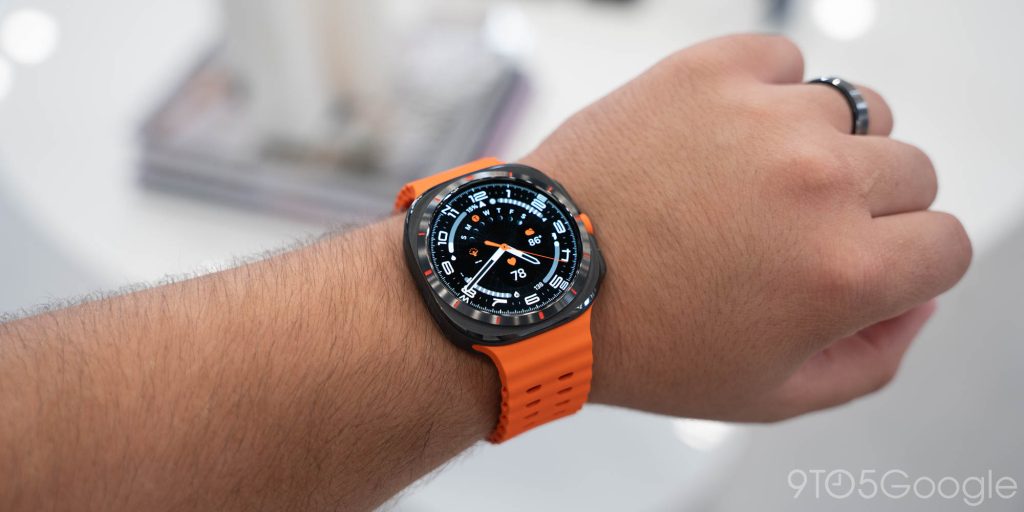
Still, everything seems to be a pretty good product on the whole. You can check out our coverage below.
The Galaxy Z Fold 6 and Flip 6 are available for pre-order now with up to $1,200 in trade-in value, doubled storage for free, and other perks. You can also get up to $150 more offer with our link to the Galaxy Z Fold 6 at Samsung.com.
Samsung starts shipping its new foldables as well as Galaxy Ring, Galaxy Buds 3 (and Buds 3 Pro), Galaxy Watch 7, and Galaxy Watch Ultra on July 24.
Pixel 9 leaks? Oh yeah, we’ve got more Pixel 9 leaks
Further this week, we saw a few more Pixel 9 leaks. Out of Europe, pricing information has arrived, suggesting some potential rising prices, but a pretty balanced overall lineup. Next, hands-on videos show off the Pixel 9 Pro XL in detail. And, finally, the Pixel 9 series hit the FCC as some of the first Android phones with Thread radios.
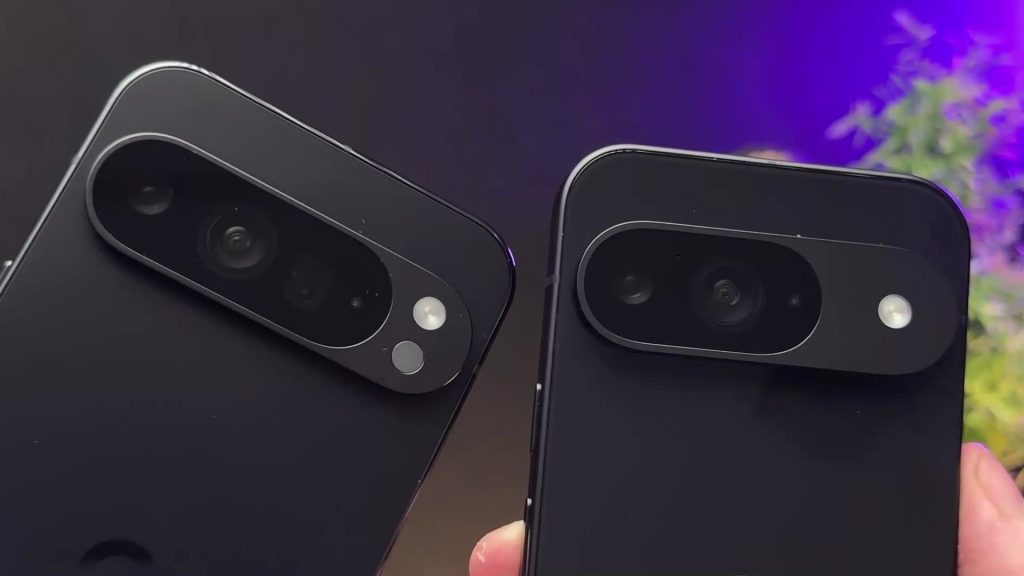
9to5Mac: Here’s how Apple Intelligence will improve your writing in iOS 18
Electrek: Tesla relaunches Model 3 Long Range RWD: 363 miles of range for $42,490
9to5Toys: Hyrule Edition Nintendo Switch Lite pre-orders now live, includes Switch Online Expansion Pack
FTC: We use income earning auto affiliate links. More.